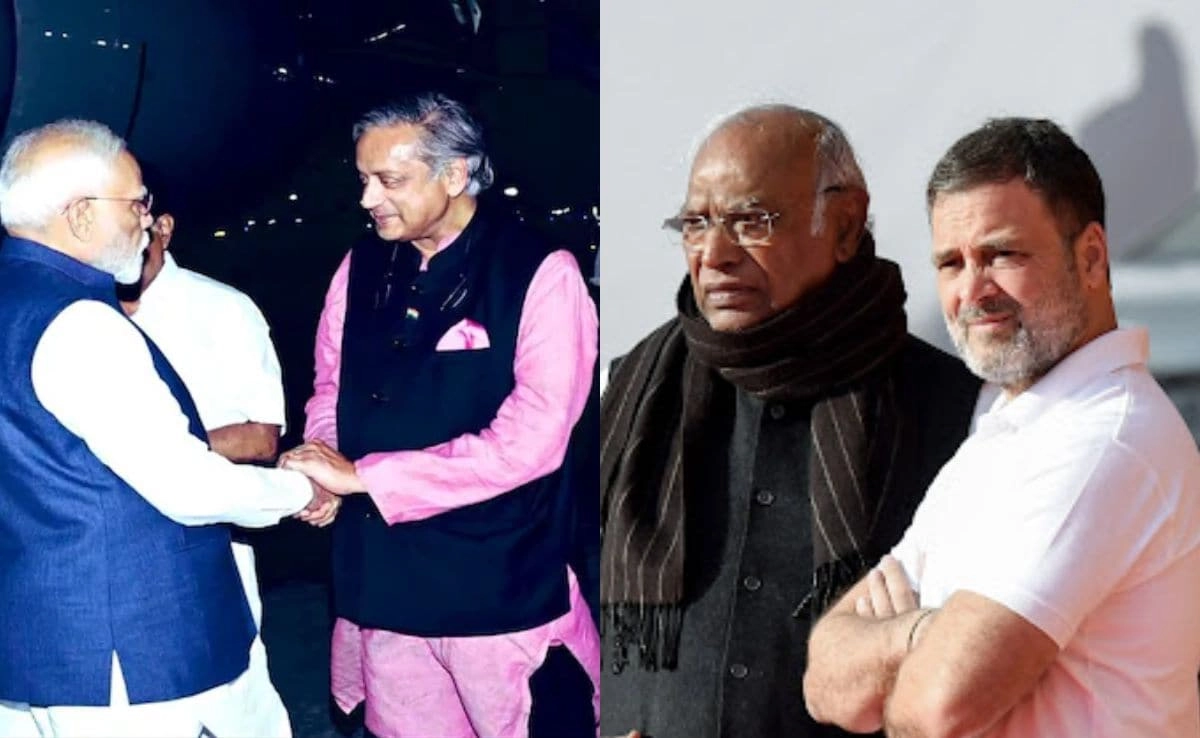In a significant escalation of military hostilities, Ukrainian officials reported that just hours after a notable meeting in Alaska, Russia launched a barrage of 85 drones and a missile targeted at Ukraine. This development underscores the ongoing tensions between the two nations and highlights the urgency of the situation. The drone attack, which involved a large number of unmanned aerial vehicles, indicates a strategic shift in Russia’s military approach, potentially aiming to overwhelm Ukraine’s air defenses and infrastructure.
The timing of the attack, closely following diplomatic discussions in Alaska, raises questions about Russia’s intentions and its commitment to any potential peace negotiations. The meeting, attended by various international representatives, was expected to address ongoing conflicts and seek pathways to de-escalation. However, the rapid military response from Russia suggests a disregard for diplomatic channels and an intention to solidify its military presence and capabilities in the region.
Ukrainian officials have condemned the attacks, urging the international community to take notice of Russia’s aggressive posturing. The use of drones, in particular, points to an evolving battlefield where technology plays a crucial role in warfare. This incident not only escalates the conflict but also puts additional pressure on Ukraine’s defense systems and highlights the need for increased support from allies. As the situation unfolds, the implications for regional security and global diplomatic efforts remain critical, with many calling for a renewed focus on finding a peaceful resolution to the ongoing crisis.
In light of these events, the international community must grapple with the realities of the conflict and consider how best to respond. The balance between military support for Ukraine and diplomatic efforts to engage Russia will be essential in determining the future of the region. The stark contrast between the Alaska meeting’s diplomatic intentions and Russia’s military actions serves as a reminder of the complexities involved in resolving such entrenched conflicts. As both sides navigate this precarious landscape, the hope for a sustainable peace becomes increasingly challenged by actions on the ground.




